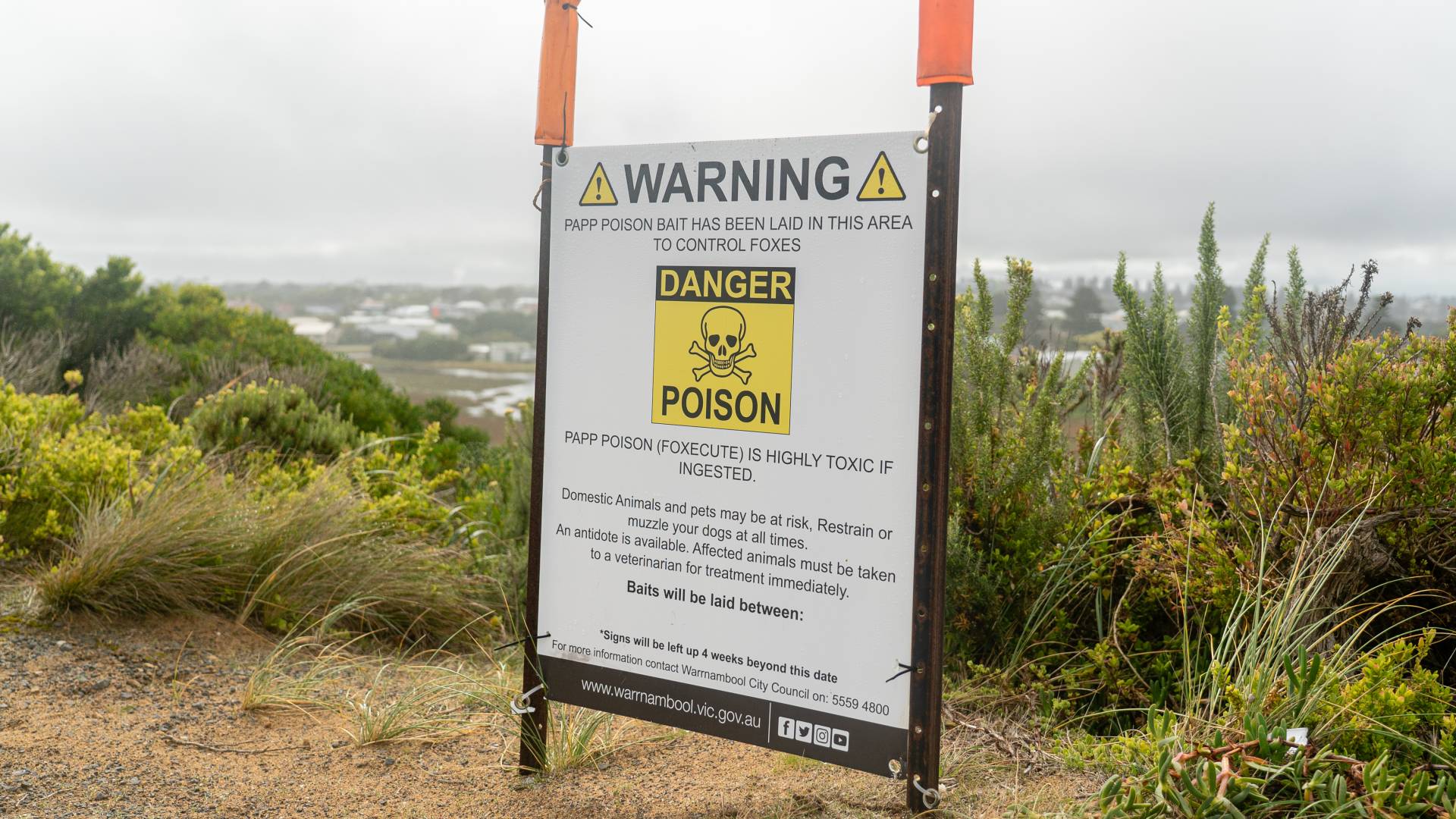New product to be launched in March simplifies electron cryotomography
Delmic Cryo B.V. and Max-Planck-Innovation GmbH have signed a licensing agreement for production and distribution of the Cryo Workflow Tools invented and developed at the Max Planck Institute (MPI) for Molecular Physiology. The Cryo Workflow Tools are aimed at reducing ice contamination, which is a major obstacle in the cryo electron tomography (cryo-ET) workflow. The new product with the name “Delmic CERES Ice Defence System” will be launched in March 2021. It will help to boost throughput and to simplify the acquisition of new knowledge in life sciences.
Electron cryotomography creates high-resolution 3D views of samples. The imaging technique is widely used in life sciences to examine biological macromolecules and cells. Due to its higher resolution, it offers much deeper insights into the cell structure than conventional light microscopy. To do this, the samples are immobilized in non-crystalline ice and imaged below −150 °C. These cryogenic conditions make it possible to study samples without chemical fixation or dehydration, thereby preventing distortion or disruption of biological structures of the sample. However, sample preparation is very complex, primarily to prevent the formation of ice contamination (e.g., formation of crystalline ice), as this can compromise the structural integrity of the specimen. The Dutch company Delmic, which offers solutions for light and electron microscopy, now developed an innovative technology based on findings of the MPI. The new set of powerful cryo solutions is aimed to help the researchers to prepare cryo-ET samples more easily and effectively.
The Cryo Workflow Tools will be known commercially as the CERES Ice Defence System. Used together or separately, the anti-contaminator, glove box and high vacuum cryo transfer (HVCT) are aimed to minimize ice contamination during lamella preparation. The Anti-contaminator (CERES Ice Shield) consists of a cryo shutter that is cooled by liquid nitrogen. It provides a colder surface within close proximity to the cryo sample and prevents any residual moisture in the chamber to condense on the sample and therefore drastically reduces undesirable ice formation on the sample. The Glove box (CERES Clean Station) can be used to prepare the cryogenically frozen samples for cryo-FIB (Focused Ion Beam) and for cryo-TEM (Transmission Electron Microscopy) with minimal ice contamination thanks to a > 1% humidity environment. The High vacuum cryo transfer (CERES Vitri-lock) is designed to transfer samples at high vacuum between the preparation station to the cryo SEM (Scanning Electron Microscopy) to minimize ice contamination during the transfer. The CERES Ice Defence System has already been sold to several research groups and will now officially be launched in March 2021.
Dr. Katherine Lau, Business Unit Owner at Delmic Cryo: “We are very excited to partner with the Max Planck Institute to make these innovative tools available to researchers in the cryo-EM field. The tools fit perfectly with our company mission, which is to make the world a healthier place by increasing the ease of obtaining powerful insight into the building blocks of life through cryo-ET”.
“With Delmic we have found an innovation-driven company that offers high-performance microscopy solutions for research. The invention of the MPI for Molecular Physiology fits in perfectly with Delmic’s product portfolio and will further simplify cryo-ET research to get a better understanding of organisms in the future. We are glad about the partnership and look forward to the product launch”, says Dr Ingrid Kapser-Fischer, patent- and licensing manager at Max Planck Innovation, the technology transfer organization of the Max Planck Society.








